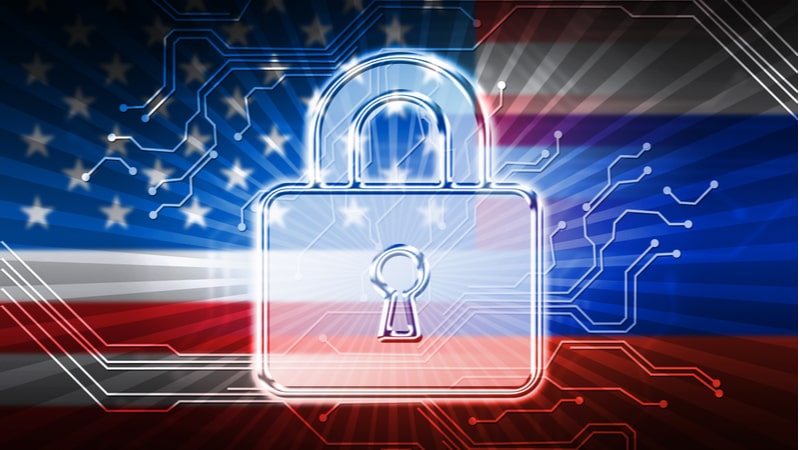
Federal officials from the Defense Department (DoD), Justice Department (DoJ), and the Director of National Intelligence (DNI) on Feb. 25 totaled up the sobering costs of intellectual property theft from U.S. interests in recent years, and pointed to strategies their agencies are pursuing to put a dent into that total going forward.
William Evanina, Director of the National Counterintelligence and Security Center, said at the RSA security conference in San Francisco that the United States is losing hundreds of billions of dollars of economic activity per year because of theft by the Chinese government and others of U.S.-developed intellectual property and research and development assets.
He said the Federal government has sharpened its focus on those losses – and how to prevent them – with the National Counterintelligence Strategy signed by President Trump last month, and made public by the DNI earlier this month. It updates the previous strategy document published in 2016 and focuses on critical infrastructure, supply chain, foreign influence, cybersecurity, and economic security.

John Demers, Assistant Attorney General for National Security and of Justice Department efforts to combat national security-related cybercrime, said the motivating factor for much of the theft stems from Chinese government policy that aims to make that country dominant in numerous industries – including tech – by 2025. That goal is being advanced, he said, through the theft of intellectual property from the United States and other western nations, often using cyberattacks or theft by corporate insiders.
Maj. Gen. Thomas Murphy, director of DoD’s Protecting Critical Technology Task Force, said the government “decided to stop that” after more than a decade of Chinese theft from the U.S. defense industrial base (DIB), with steps to improve DIB and related supply chain security. He said DoD is expanding those efforts to what he characterized as the U.S. “research and development” base.
“One thing I know for sure – we have to protect the R&D base…which is about protecting the lethality of the military,” he said. “You can’t defend your way out of it.”
Asked whether an agreement made by President Obama and Chinese President Xi in 2015 to stop China’s theft of U.S. intellectual property by cyber means had much of an impact, the officials offered mixed views.
Evanina replied, “our investigations say otherwise,” but also noted that Chinese theft via insider sources rose after that. Demers said the 2015 agreement may have slowed the pace of cyber-enabled IP theft, but said the agreement had no firm enforcement mechanism. Gen. Murphy said he doubted that the pace of IP theft slowed.
Speaking of theft via insider threats, Evanina called it “the most vicious and pernicious threat we face in the private sector,” and said companies looking to defend their assets need to have an enterprise-wide security effort that also includes human resources departments. “That’s the biggest lesson learned,” he said.
“We have to know more about the people stealing” assets from the U.S. R&D base, Gen. Murphy said. “I just want to know who they are.” In that sense, DoJ indictments of alleged Chinese perpetrators are valuable even if those accused are never brought to justice within the United States, Evanina said. “It tells a story around the world” that “will help push back” on Chinese aims, he said.
